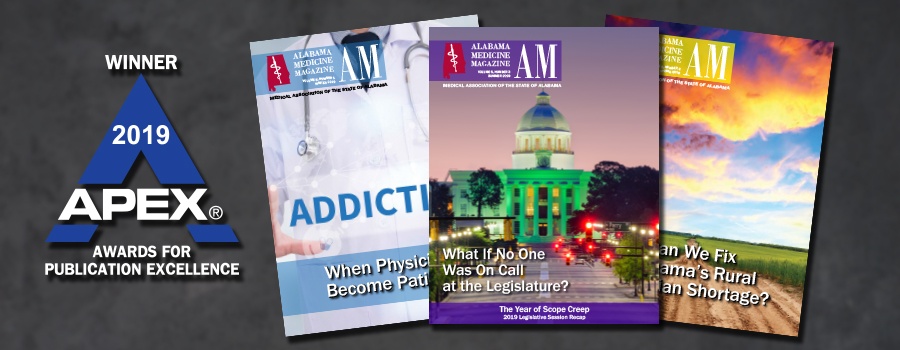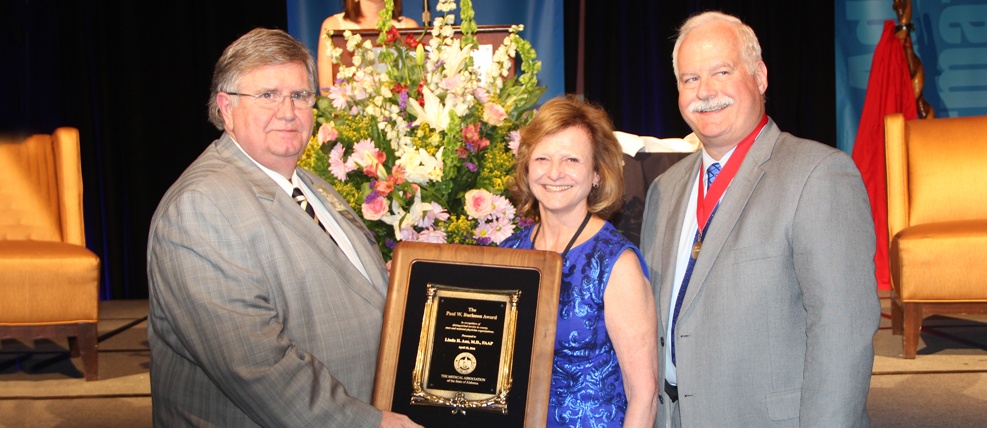Category: Members
-

Fraud and Abuse Facelift: Proposed Changes to Stark, AKS, and Beneficiary Inducements CMP
As part of its “Regulatory Sprint to Coordinated Care,” the Centers for Medicare and Medicaid Services (“CMS”) and the Health and Human Services Office of Inspector General (“OIG”) released proposals to modernize the Medicare Physician Self-Referral Law (“Stark Law”), Anti-Kickback Statute (“AKS”), and Beneficiary Inducements Civil Money Penalty (“CMP”) (collectively, the “Proposed Rules”). The Proposed…
-

Medical Association Opposes Scope of Practice Expansion Executive Order
President Trump issued an executive order on October 3, 2019 as an alternative to “Medicare for All”. Initially, the order was titled “Protecting Medicare From Socialist Destruction” but was changed to “Protecting and Improving Medicare for Our Nation’s Seniors.” The executive order does include some items that the Medical Association of the State of Alabama…
-

CMS Is Expanding Its Enforcement Ability
Pursuant to a new rule, entitled Program Integrity Enhancements to the Provider Enrollment Process, the Centers for Medicare & Medicaid Services (“CMS”) is expanding its ability to combat fraud and abuse within the healthcare industry. Under the new rule, CMS will be able to identify individuals and entities that pose a fraud and abuse risk…
-

Guidance on Practice and Ethical Issues
The Medical Association’s Office of General Counsel can help guide members on certain practice and ethical issues. The Office is comprised of the General Counsel, Cheairs Porter, and Paralegal, Angela Barentine. The General Counsel is the chief legal advisor to the Board of Censors, and provides legal advice daily to the Executive Director. Mr. Porter,…
-

All Things 401(K): Participants Education, Plan Structure and Assessments
The ultimate goal of any retirement plan is for participants to prepare for retirement, but Physicians must also maintain the appropriate structure of the plan. How can you be sure everything is handled correctly? Below, one of our 401(k) plan experts, Jack Adams, answers a few frequently asked questions about 401(k) plan education, structure and…
-

RODEO (Real Old Doctors Eating Out) Night at the Bluegill
Physicians enjoy each other’s company. Ever since the first day of medical school, physicians have had a shared experience that cannot be equaled in other walks of life. In training, physicians study together and eventually will share call duties during house staff years. Then either in practice or academics develop a bond and camaraderie based…
-

Alabama Medicine Receives Third 2019 APEX Award
Alabama Medicine magazine has received its third international award for publication excellence. The APEX 2019 awards were based on excellence in graphic design, editorial content and the success of the entry – in the opinion of the judges – in achieving overall communications effectiveness and excellence. With 1,278 entries were evaluated in this international competition, there…
-

In Memoriam: John Kendall Black Jr., 1939-2019
Dr. John Kendall Black, Jr., 79, of Huntsville, passed away Wednesday. He was born on August 26, 1939, in Birmingham, Ala., the only son of John K. and Ruby W. Black. In fact, for 13 years, he was the only grandchild in the family. Dr. Black was educated at Central Park Elementary School and Ensley…
-

In Memoriam: Linda Harter Anz, M.D.
The Medical Association was deeply saddened by the passing of Dr. Linda Harter Anz on June 13. We share in the loss of this beloved physician as we mourn with her family, friends, colleagues and patients. Our thoughts and prayers are with those who knew Dr. Anz as she will be greatly missed. Linda Harter…
-

Curry Named Local Governor of National Doctors’ Group
BIRMINGHAM — William A. Curry, M.D., has been named governor of the Alabama Chapter of the American College of Physicians, the national organization of internists. Dr. Curry is a professor of medicine at the University of Alabama at Birmingham, and associate dean for Primary Care and Rural Health at the UAB School of Medicine. The Board of…